

Showing 1–24 of 314 results
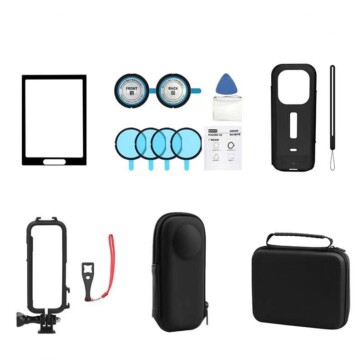















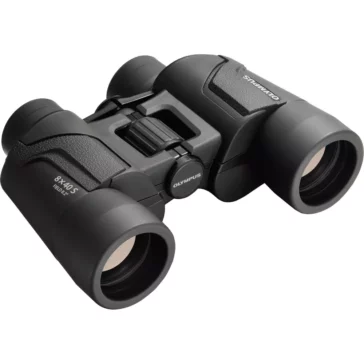

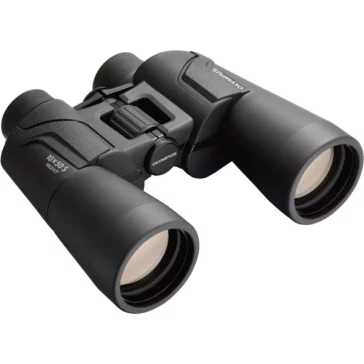
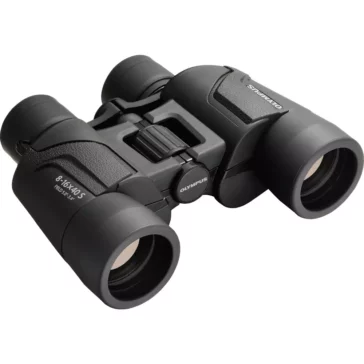
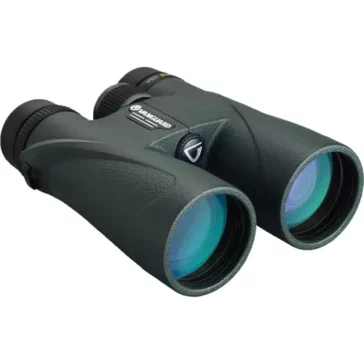
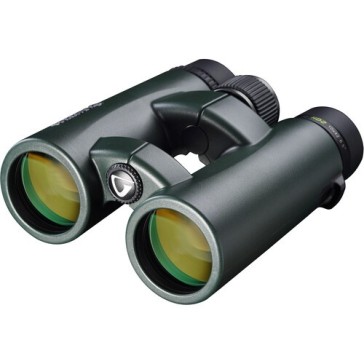
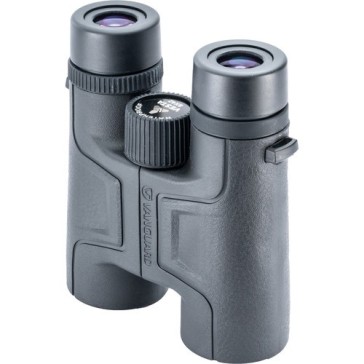
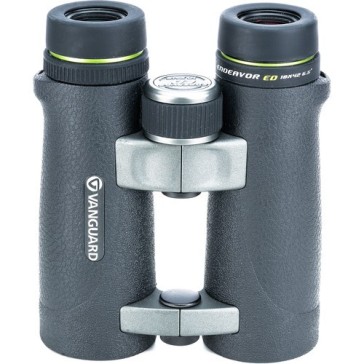
Exploring the Universe: A Guide to Optics, Telescopes, and Binoculars
The universe is vast, mysterious, and full of wonders waiting to be discovered. One of the primary tools that have allowed us to peek into the cosmos are optical telescopes. These instruments, along with binoculars, have revolutionized our understanding of the stars, planets, and galaxies.
Optical telescopes make use of lenses and mirrors to collect and focus light from distant objects. This allows astronomers and enthusiasts alike to observe celestial bodies that are billions of miles away. There are two main types of optical telescopes: refracting and reflecting. Refracting telescopes use lenses, while reflecting telescopes use mirrors.
Binoculars, on the other hand, are essentially two small telescopes mounted side by side. They are perfect for stargazing, bird watching, and other terrestrial observations. The advantage of binoculars is that they provide a 3D view, making objects appear more lifelike.
One of the challenges faced by optical telescopes is light pollution. This is why many observatories are located in remote areas, away from city lights. Optical telescopes work better in space, free from the Earth’s atmosphere, which can distort the light from stars.
In recent years, advancements in technology have led to the development of optical telescopes in space. These space-based telescopes provide clearer images and can observe wavelengths that are not visible from the Earth’s surface.
Whether you’re an amateur astronomer or a seasoned professional, the world of optics offers endless possibilities. From exploring the craters of the moon to witnessing the birth of stars, optical instruments like telescopes and binoculars are your gateway to the universe.